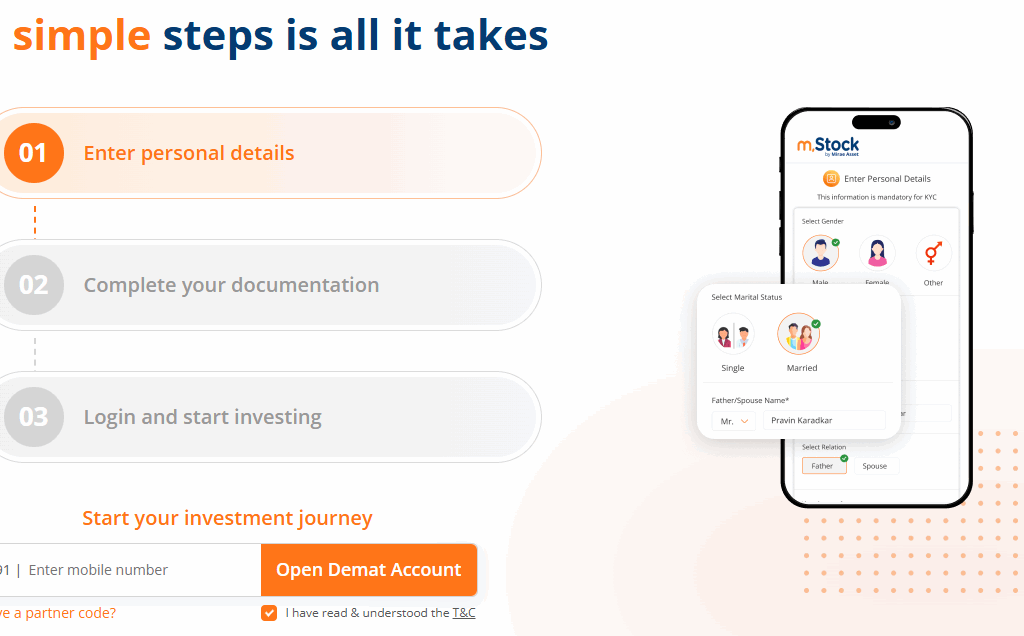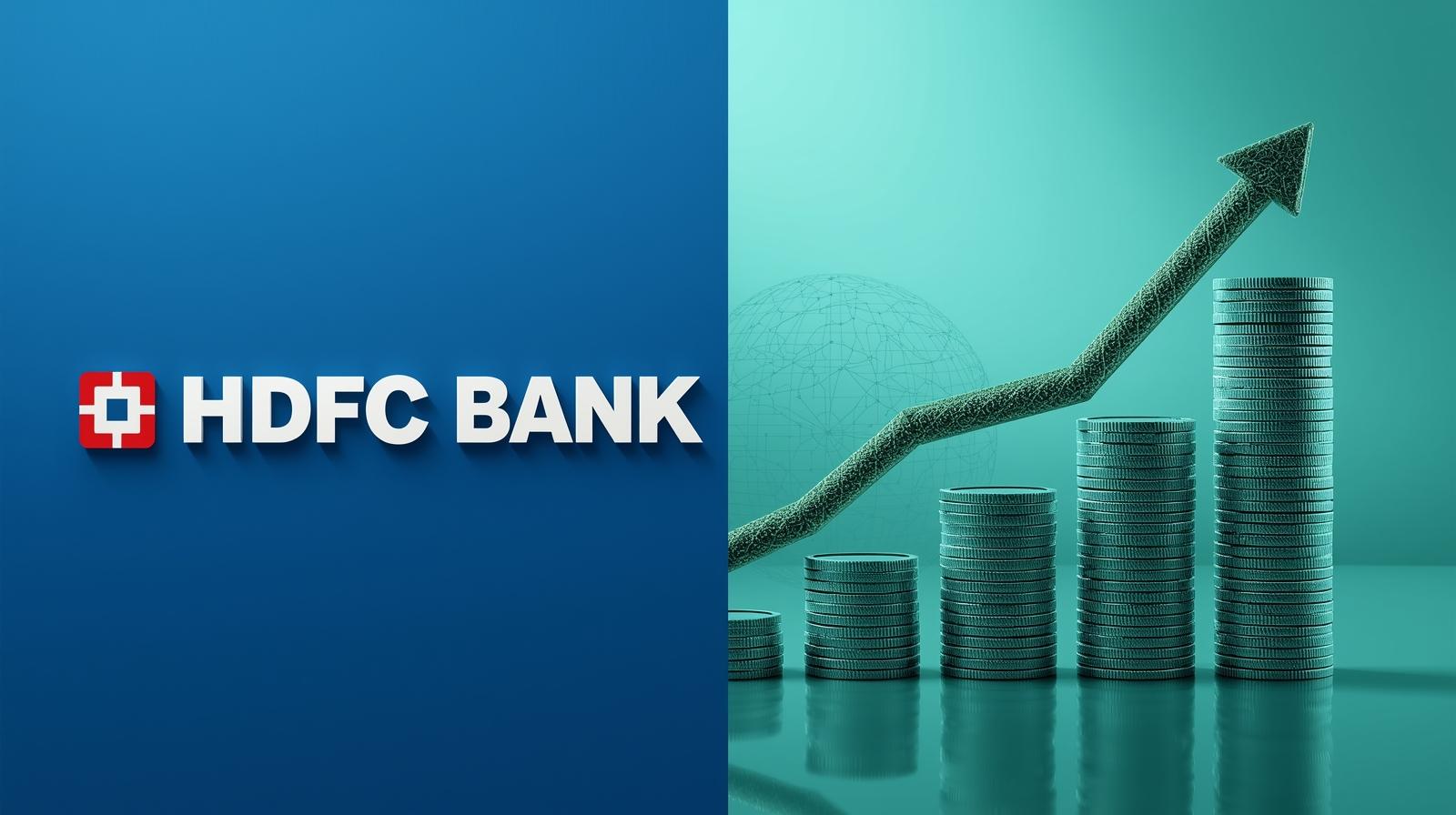The Real Story Behind the Bonus Issue!
Understanding Why the Fall Isn’t a Crash but a Technical Adjustment
Market Shock: A 50% Drop in a Day
On August 26, 2025, HDFC Bank’s stock chart stunned market watchers. The price that had closed a day earlier around ₹1,964 suddenly appeared to tumble by nearly 50%, opening the day close to ₹982 per share. For many investors, especially retail participants tracking their portfolios, it looked like a market meltdown.
But the truth is far more technical, and far less alarming. The steep decline was not caused by any weakness in HDFC Bank’s business or financials. Instead, it was due to the company’s decision to issue bonus shares in a 1:1 ratio, which doubled the number of shares in circulation and halved the per-share price accordingly.
Why Did the Price Drop? The Mechanics of a Bonus Issue
A bonus issue is when a company rewards its shareholders with additional free shares, distributed in proportion to the number of shares they already hold.
- In HDFC Bank’s case, it declared a 1:1 bonus issue, meaning for every 1 share held, investors received 1 extra share free.
- When such a bonus issue takes effect, the stock price automatically adjusts downwards to reflect the increased number of shares in the market.
- Importantly, the total value of an investor’s holdings remains unchanged—only the number of shares and the per-share price changes.
For example:
- Before the bonus: An investor with 100 shares at ₹1,964 = ₹196,400 total value.
- After the bonus: That investor now has 200 shares at ~₹982 each = ₹196,400 total value.
This is why the “50% crash” is not a crash at all—it is simply an accounting adjustment.
The Key Dates Behind HDFC’s Bonus
- Declaration date: July 2025, announced along with Q1 FY26 results.
- Record date: August 26, 2025, fixed as the cutoff to determine eligible shareholders.
- Ex-bonus trading: On August 26, the stock began trading with the adjusted price.
This was HDFC Bank’s first-ever bonus issue, making it a landmark corporate action for the country’s largest private lender.
Price Movement on August 26, 2025
When trading began on the NSE and BSE:
- The stock opened around ₹982, reflecting the adjusted ex-bonus price.
- In percentage terms, the screen showed a fall of nearly 50–62%, depending on which reference point was used by different brokers and exchanges.
- By midday, volumes surged as retail traders rushed to take advantage of the new affordable pricing.
- The stock largely remained stable in the ₹970–₹990 band, showing no real panic or selloff beyond the expected adjustment.
Thus, what looked like a freefall was simply a mathematical re-calibration.
Why Did HDFC Bank Go for a Bonus Issue?
Companies generally announce a bonus issue to:
- Improve Liquidity – More shares in circulation means higher trading volumes and smoother market participation.
- Make Shares Affordable – A lower price per share attracts small and retail investors who may have previously found the stock expensive.
- Signal Confidence – Bonus shares are often a sign that management is confident in the company’s future earnings growth.
For HDFC Bank, the move serves all three purposes. With the stock now priced below ₹1,000, it becomes far more accessible to lakhs of retail investors who see psychological comfort in “three-digit” share prices.
Investor Sentiment: Panic vs. Reality
- Retail confusion: Many small investors initially panicked seeing their portfolios show a 50% fall in HDFC Bank.
- Brokerage clarifications: Trading apps and brokers quickly sent out notices clarifying that the fall was only due to bonus adjustment.
- Experienced investors: Long-term holders recognized the adjustment and even saw this as an opportunity to accumulate more.
Fundamental Strength of HDFC Bank
It’s important to remember that the bonus issue is happening against the backdrop of robust fundamentals:
- Q1 FY26 profit growth: Net profit rose over 12% year-on-year, driven by strong interest income.
- Balance sheet strength: HDFC Bank remains one of the most capitalized and trusted lenders in the country.
- Dividend culture: Along with the bonus, the bank declared an interim dividend, showing its continued commitment to rewarding shareholders.
The fundamentals remain solid, which is why most analysts see the bonus as a positive development rather than a red flag.
Expert Opinions
Market experts were quick to weigh in on the dramatic price movement:
- Analysts explained that the ex-bonus fall is “optical” and does not impact shareholder wealth.
- Many brokerage houses maintained their BUY ratings on HDFC Bank, citing strong earnings visibility.
- Experts believe the move will help widen the retail investor base and improve trading liquidity, which benefits the stock in the long run.
Lessons for Retail Traders
This event serves as a crucial lesson for retail traders:
- Always check for corporate actions like bonus issues, splits, or dividends before reacting to sudden stock price moves.
- Do not panic if your portfolio shows a sharp drop without any fundamental reason—often it’s an adjustment.
- Use opportunities: Post-adjustment prices can offer attractive entry points for quality stocks like HDFC Bank.
Final Words for Traders
HDFC Bank’s so-called 50% crash on August 26, 2025, is nothing but a technical adjustment following its 1:1 bonus share issue. No investor wealth has been lost; in fact, the move is designed to enhance accessibility, liquidity, and long-term confidence in the stock.
For traders, the takeaway is simple: don’t get misled by optical price movements. For long-term investors, HDFC Bank continues to remain a solid blue-chip bet, and the bonus issue only strengthens its shareholder-friendly reputation.
📌 Stock Market Disclaimer
- Disclaimer: This post is for informational and educational purposes only and does not constitute financial advice or a recommendation to buy/sell any stock or share. Investing in the stock market involves risk. Past performance is not indicative of future results. Always conduct your own research or consult a licensed financial advisor before making investment decisions.
- The information provided on this platform is for educational and informational purposes only. It should not be considered as investment advice, stock recommendations, or financial guidance.
- ⚠️ Stock Market Investments
- Investing in equities, derivatives, mutual funds, and other financial instruments involves market risks, volatility, and the possibility of capital loss.
- Past performance of stocks or indices is not indicative of future returns.
- Always conduct your own research or consult a SEBI-registered financial advisor before making investment decisions.
- ⚠️ IPO (Initial Public Offerings)
- IPO details, issue size, subscription data, and allotment status shared here are based on publicly available information from company filings, stock exchanges, and merchant bankers.
- Investing in IPOs carries risks including listing volatility, business uncertainties, and sector performance dependency.
- Neither acceptance of applications nor allotment guarantees profits. Investors should evaluate their risk appetite before subscribing.
- ⚠️ GMP (Grey Market Premium)
- Grey Market Premium (GMP) is an unofficial and unregulated indicator of expected IPO listing price.
- GMP data is collected from market observers and informal trading circles; it does not have any legal or SEBI recognition.
- GMP values are highly speculative and may differ significantly from actual listing prices. Investors should not rely solely on GMP while taking investment decisions.
- ✅ General Advisory
- We do not provide any buy/sell/hold recommendations.
- Readers and investors are solely responsible for their investment actions and decisions.
- This platform, its authors, and affiliates are not liable for any direct or indirect financial loss arising from the use of this information.
- 🔒 Always invest responsibly and diversify your portfolio.
Open Demat Account
by Mirae Asset (m,Stock)






